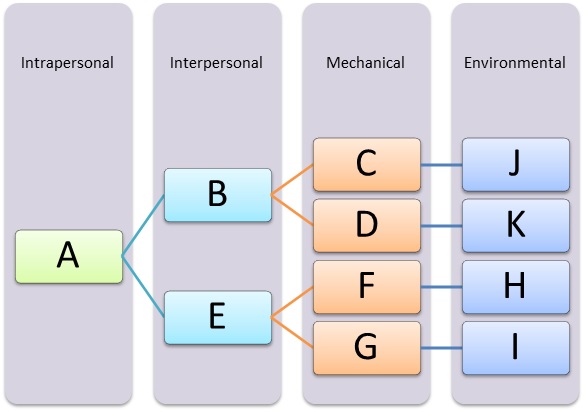
Elevate Your Projects: Harnessing Innovation Capabilities
Building a culture of innovation capabilities is fickle. It is neither obvious nor deterministic (following a straight path). The process of…

How to Implement a Cross Systems Planning Model
Effective execution of cross systems planning initiatives requires an ability to leverage unanticipated opportunities. It also requires the ability to…

How to Manage Triangulation in Project Governance
Triangulation is a function of project structure. The quality and frequency of triangulation depend on project organization. It also relies…

Embracing Change: Overcoming Risk Aversion in Innovation
Risk management in any environment represents sound strategy. This typically involves a scanning of the environment, identification of risks, evaluating…

Innovation in a World of Social Barriers
Socially Constructed Barriers to Innovation (SCBI) represent some of the most prolific, and yet theoretically resolvable, obstacles to corporate creativity.…

Exploring the Roots of Change Fatigue in Organizations
Change Fatigue occurs when there is a misalignment between strategy, execution, vision, engagement, and purpose. As alignment decreases the opportunity…

Transform Your Business with Customer Journey Mapping
Customer Journey Mapping involves developing a process map that tracks the customers connecting with your business and first learning about…

The Art of Managing Project Managers in a Network
Project Managers are responsible for coordinating and managing budgets, resources, schedules, and stakeholders. But who manages the Project Manager, and…










